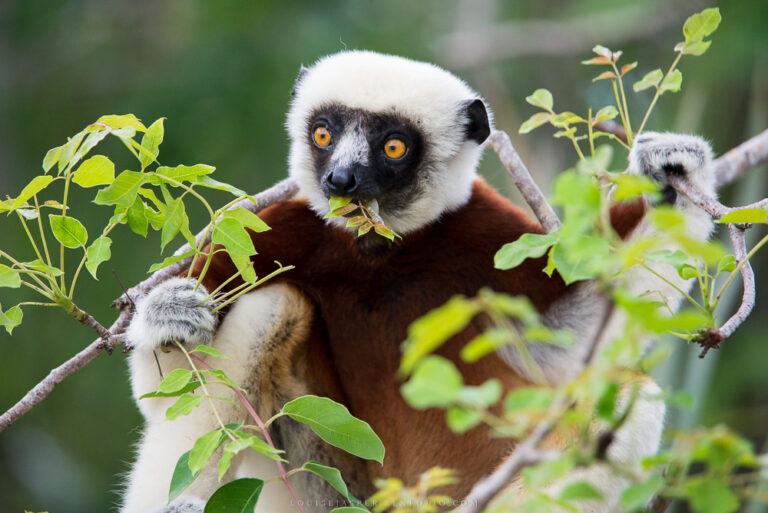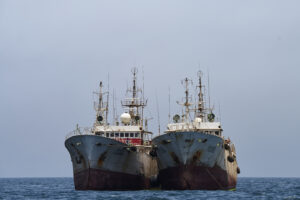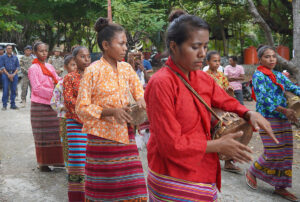Madagascar’s mangroves, so vital for maintaining fisheries and storing carbon, may also be much more important than we thought for conserving the country’s lemurs
Madagascar is considered by many to be the world’s top conservation priority, since so many of its native plants and animals exist nowhere else on Earth. Most wildlife conservation efforts are concentrated on the country’s famous rainforests, dry forests and spiny forests, and its extensive mangroves have tended to be forgotten. But new research, published in the International Journal of Primatology, has shown that they may be much more important for conserving terrestrial biodiversity than we realised.
The research found that at least 23 species of lemur use mangroves at least occasionally, including over half of all species that have mangroves in their ranges. They included at least one species from each of the five lemur families. Incredibly, the results increase the number of primates known to use mangroves globally by almost 30%, from 64 to 83.
Previously only four of the Madagascar’s 105 lemur species had ever been observed in mangroves. Then, in early 2015, Blue Ventures Geospatial scientist Zo Andriamahenina came across two Claire’s mouse lemur sleeping in a mangrove tree at Antsahampano in northwest Madagascar. Just two months later, Blue Ventures Scientific Adviser Dr Charlie Gardner was carrying out a bird survey in the same area, and found a northern giant mouse lemur.
Gardner hypothesised that many others may have seen lemurs in mangroves without ever publishing their sightings. So he decided to crowd source, and contacted over 1200 scientists, conservationists and tourism professionals. Over 60 of them responded with their observations.
The results are important because the lemurs are the world’s most threatened mammal group, with over 94% of species at risk of extinction. Amongst the species now known to use mangroves, four are listed as Critically Endangered on the official Red List, 13 are Endangered, and three are Vulnerable.
These species are listed as threatened because their forest habitat is rapidly declining, so the fact that they also use mangroves may be very good news. Unfortunately much of their mangrove habitat is disappearing just as fast, so mangrove conservation efforts are ever more vital.
Blue Ventures’ Blue Forests programme is addressing human threats to Madagascar’s mangroves by pioneering new approaches to engaging coastal communities in mangrove protection. From tourism boardwalks through the forests to beekeeping for mangrove honey, the Blue Forests team based in northern Madagascar is developing incentive-based approaches to demonstrate economic benefits to communities from mangrove conservation.
But while Blue Ventures’ work is focused on ensuring that fisheries are sustained and mangrove carbon stays in the ground, it’s great to know that it is also securing habitat for some of the world’s rarest – and cutest – creatures.
Find out more about Blue Forests
Header image – Coquerel’s sifaka, one of 23 lemur species found in Madagascar’s mangroved. Photo: Louise Jasper























